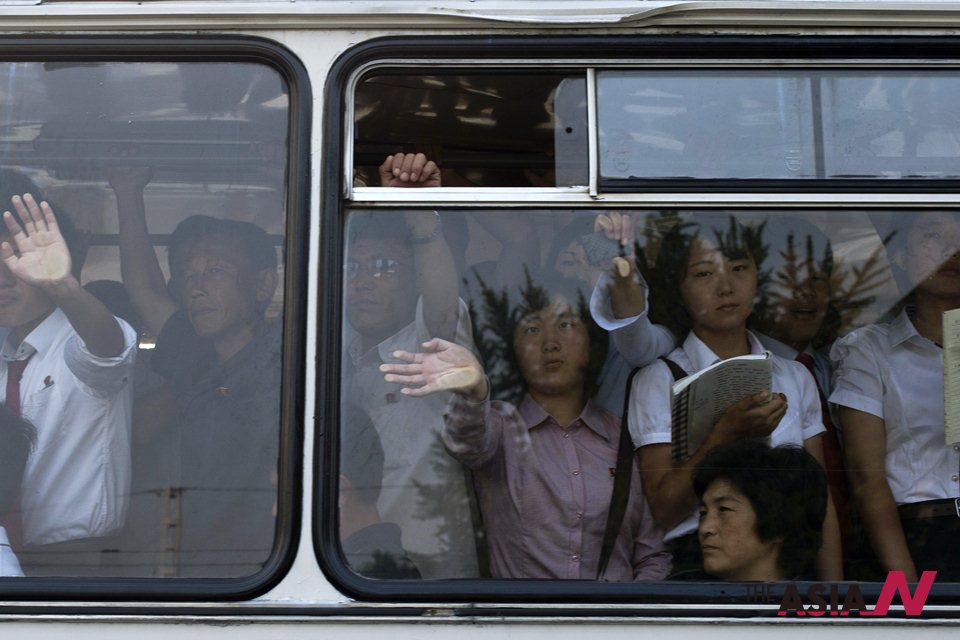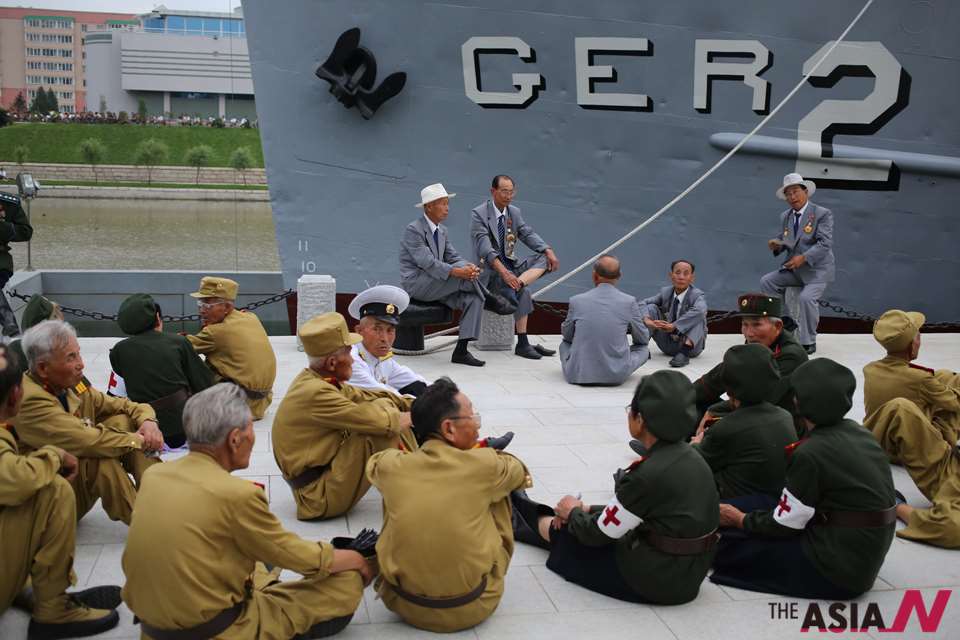
How to solve the divided families between South and North Korea?
According to official statistics produced by the Ministry of Unification, as of 30th June 2014 there were 129,553 South Koreans registered as ‘members of divided families’. This is an official status and it means that the registered person is eligible to apply for a family reunion with their relatives in the North. Such reunions are not easy to arrange, for most people the chances of actually meeting their family members is slim. Nonetheless, their very existence is a stark reminder of Korea’s tragic division, the history of which is sliding into the realm of the past, but still remains very important for us today.
The divided family issue emerged in the 1940s. In August 1945, the Korean peninsula was divided along the 38th parallel into future zones of Soviet and American occupation. It took some twenty minutes of deliberation, a pencil, ruler and map from National Geograpic Magazine to draw the line, which, admittedly, no one saw as being permanent at the time.
The demarcation line cut Korea into two parts with little in the way of reference to existing geography and history. Thus many Koreans woke up one morning to find out that a departed family member has just crossed a new border that had not existed just the day before. Traffic across the line was soon banned, but in real life, people continued to move across the line until the beginning of the Korean War. Some just wanted to reunite with their families or were looking for better economic conditions, while others were driven by a mixture of fear and political considerations.
While statistics are rather murky, it seems that between half million and one million people left North Korea between 1945 and 1950. Most of these people were the object of discrimination under the new system– former landlords, clerks in the colonial administration, Christian activists and Buddhist priests. At the same time, a much smaller, but still significant portion of Koreans on the southern side – some 100 thousand or so – moved in the opposite direction. Some of the latter were driven by private circumstances, while others were communist activists who either fled persecution in South Korea and/or wanted to move to north where they believed dreams would come true (or so they believed).
The first few months of the Korean War produced an even greater number of refugees. At the first stage, it was a war of maneuvers in which the frontlines changed quickly and dramatically. Over the course of the war, nearly all towns and cities changed hands several times (Seoul changed hands four times). This meant that people had many a chance to flee areas where they did not feel welcome or whose social system they did not like – it was usually enough merely to follow the retreating army of the side leaving.
By 1951, an additional half million people had left North Korea, while 200,000 South Koreans had moved to the North. In some cases, such moves were involuntary – in Seoul of summer 1950the North Korean army rounded up a number of politicians, intellectuals and academics effectively abducting them. Additionally, both sides mobilized local populations to serve in the armed forces, thus many had to leave their homes because they had to fight for either the South or the North.
However, when the war was over – or to be more precise, when in the summer of 1951 it became a classical war of attrition fought in trenches – North-South and South-North migration came to a sudden and complete halt. Defections continued to occur on both sides, but until the late 1990s, such defections remained tiny in number and statically insignificant (usually around 4-5 cases a year).
People who found themselves separated from their families had virtually no way to find out what had happened to their siblings or parents. All interactions between the two Koreas were frozen (bar a few brief thaws) until the late 1990s. This stands in stark contrast with Germany, where letters could be exchanged and visits arranged from the 1970s onwards.
Exchanges between divided families began in 1984, but they were not to become frequent until after 2000. Nonetheless, only a tiny fraction of the total number of divided families have thus far been able to participate in such exchanges. Meetings take place sporadically and are often interrupted due to political complications. The North Korean side is also very selective in which families it allows to see South Korean relatives, only the most successful and trustworthy are chosen, while for the majority such meetings are out of the question.
Meanwhile, the number of divided families is dwindling. As of June this year, the nearly half (41.4%) of all registered divided family members were in their eighties, and an additional 10.5% were more than 90 years old. The number of such people is declining because a 500-600 on average die every month. This leads one to suspect that in 10-15 years, nearly all people who have firsthand memories of their families in the North will have passed away. Of course, these people have children and grandchildren, but as experience has shown, these younger people have far less interest in their relations who live in a geographically close but socially and culturally very distant place.










One thought on “How to solve the divided families between South and North Korea?”